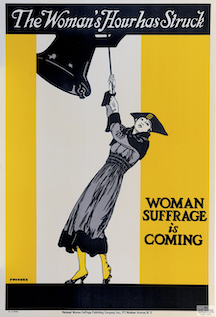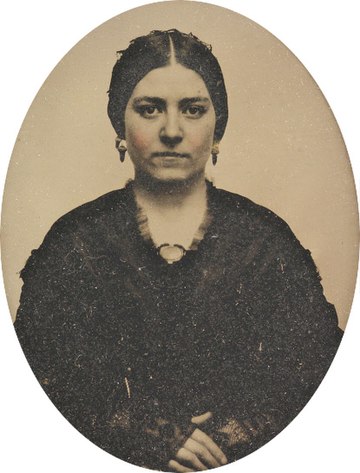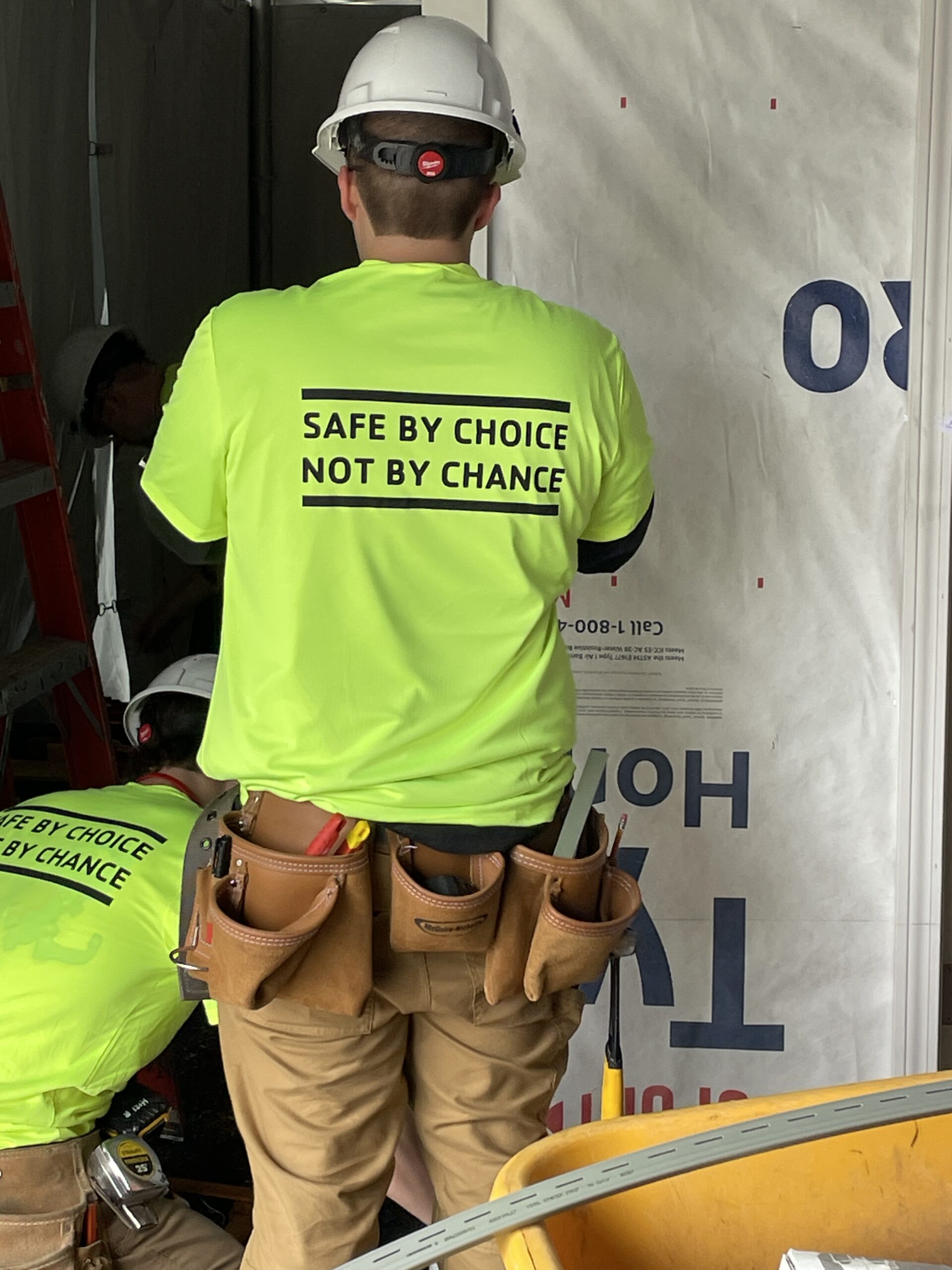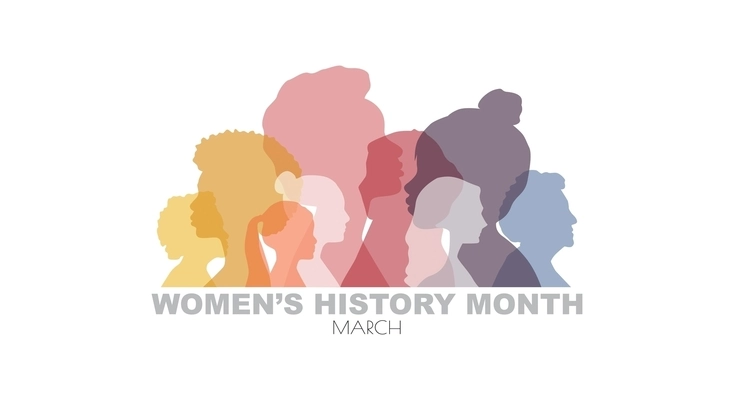This month, I invited Nancy Kennedy to write for my newsletter. Nancy is a colleague who also writes about women’s history. Her most recent book, Women Win the Vote! 19 for the 19th Amendment, introduces young readers to women behind the suffrage movement. Carrie Chapman Catt was a leader in the movement. But did you know she also was a pioneer in women’s athletics? Neither did I. Here’s Nancy to tell us more. . .
For the past year, I’ve been writing about Title IX on my blog. It’s the 50th anniversary of this groundbreaking legislation that took aim at gender discrimination.
The law’s most visible impact was in the realm of sports. Prior to 1972, women’s participation in sports was minimal. In fact, due to societal constraints, exerting oneself — and god forbid, sweating! — was actively discouraged. Not only discouraged, but made impossible through exclusion.
Writing the stories of persistent women who fought to achieve their athletic dreams reminded me of a woman from the 1800s who refused to be shut out of the gym. Her name was Carrie Chapman Catt.
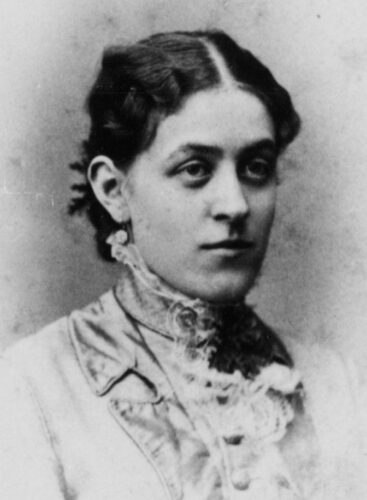
Carrie, pictured above, was a leader in the movement for the woman’s vote, taking the office of president of the National American Woman Suffrage Association in 1900 and again in 1915. Her words at a convention in Atlantic City, New Jersey, in 1916 became the movement’s battle cry.
“The Woman’s Hour has struck!” she declared. “Women arise: Demand the vote!”*
In 1920, when the 19th Amendment finally passed, Carrie was honored with a ticker tape parade and a banquet at the Waldorf Astoria in New York City.
But before she became a national figurehead, Carrie was a schoolgirl in Iowa. She was born on January 9, 1859, in Ripon, Wisconsin. Following the Civil War, her family moved to Charles City, Iowa.
Carrie was interested in politics. She went with her father to rallies for Horace Greeley, who was running against Ulysses S. Grant for president in 1872. When her cat had a litter of kittens, Carrie named them for Greeley, Grant and their running mates! Yet on election day, she was aghast to find that her mother was staying home.
“Why, Mother, aren’t you going to vote for Greeley?” she asked. She didn’t realize that women couldn’t vote.**
When Carrie finished high school, she passed her college exams and in 1877 enrolled at Iowa State University, then called Iowa Agricultural College.
Carrie was struck by the school’s military-style training program for men. In 1870, General James L. Geddes, a brigade commander for the Union army, had been tapped to run the new Department of Military Tactics and Engineering. The program included physical training as well as military drills.
Yet women weren’t offered any physical activity. That didn’t sit well with Carrie. She had read Charles Darwin’s book, On the Origin of Species, and was convinced that humans could evolve in moral and intellectual ways. Part of that evolution, she believed, happened through discipline and physical activity.
Carrie convinced Gen. Geddes to let her start “G Company” — G for girls. Their outfits were hardly different from the heavy, restrictive women’s clothing of the time, but any kind of marginally comfortable clothing was notable then.
After all, in Carrie’s time, Americans were heading West. Often as not, women walked for miles beside the wagons. One young woman would have preferred a “gymnasium costume” to the long skirts she and others wore on the wagon train. As she wrote in her diary:
“Short gray wool skirts, full bloomer pants of the same, fastened at the knee, high laced boots, and white stockings…. When compared with the long, slovenly, soiled calico gowns worn by the other women of the train, these simple costumes elicited many commendatory remarks.”***
By the early 1900s, women were beginning to storm the athletics world, although only in “genteel” sports like golf, tennis and equestrianism. Carrie’s athletic program continued to be popular, and it continued until the outbreak of World War I, proof that she wasn’t the only one interested in health and fitness. Today, we thank Carrie Chapman Catt and her “G Company” for helping to jump start the changing times.
Sources:
* Carrie Chapman Catt, “The Crisis” (September 7, 1916).
** Mary Gray Peck, Carrie Chapman Catt: A Biography (New York: H.W. Wilson, 1944), p. 28.
*** Lillian Schlissel, Women’s Diaries of the Westward Journey (New York: Schocken Books, 1982), p. 141. From A Journey Across the Plains in 1866, the reminiscences of Cora Wilson Agatz.
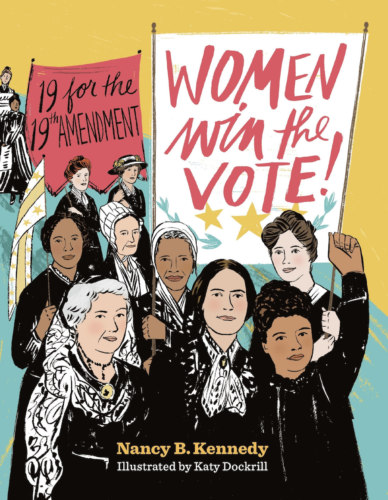
Nancy’s book is available at bookshop.org. See more at her website, where you can sign up to receive her blog posts.

As you know, my book is also available at bookshop.org, or at your favorite book store. After you read the book, I would really appreciate your posting a review on Amazon. You can post there, even if you don’t buy from Amazon.
Finally, if your book group or local library is interested in hosting a discussion of women’s history, I would love to join you. Let’s make a plan!

